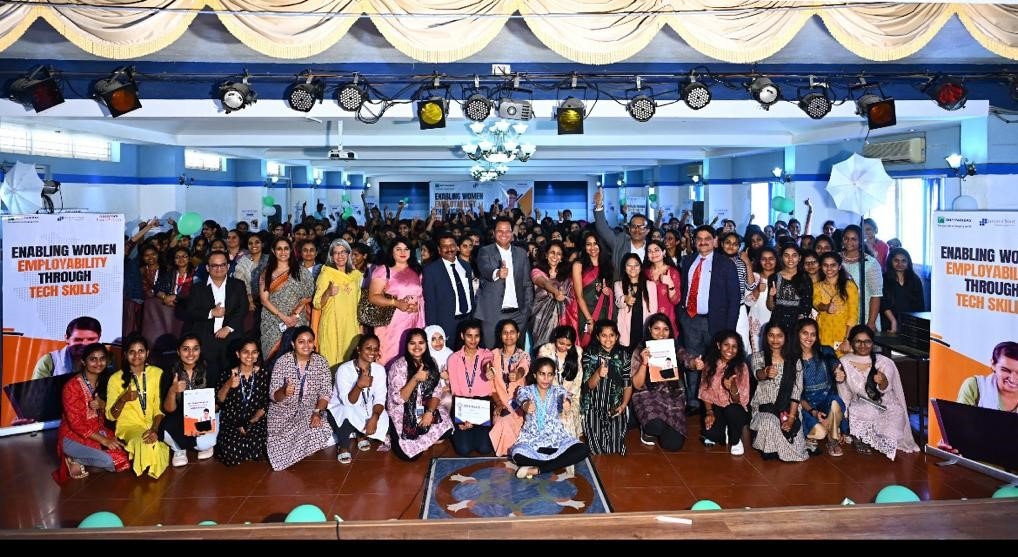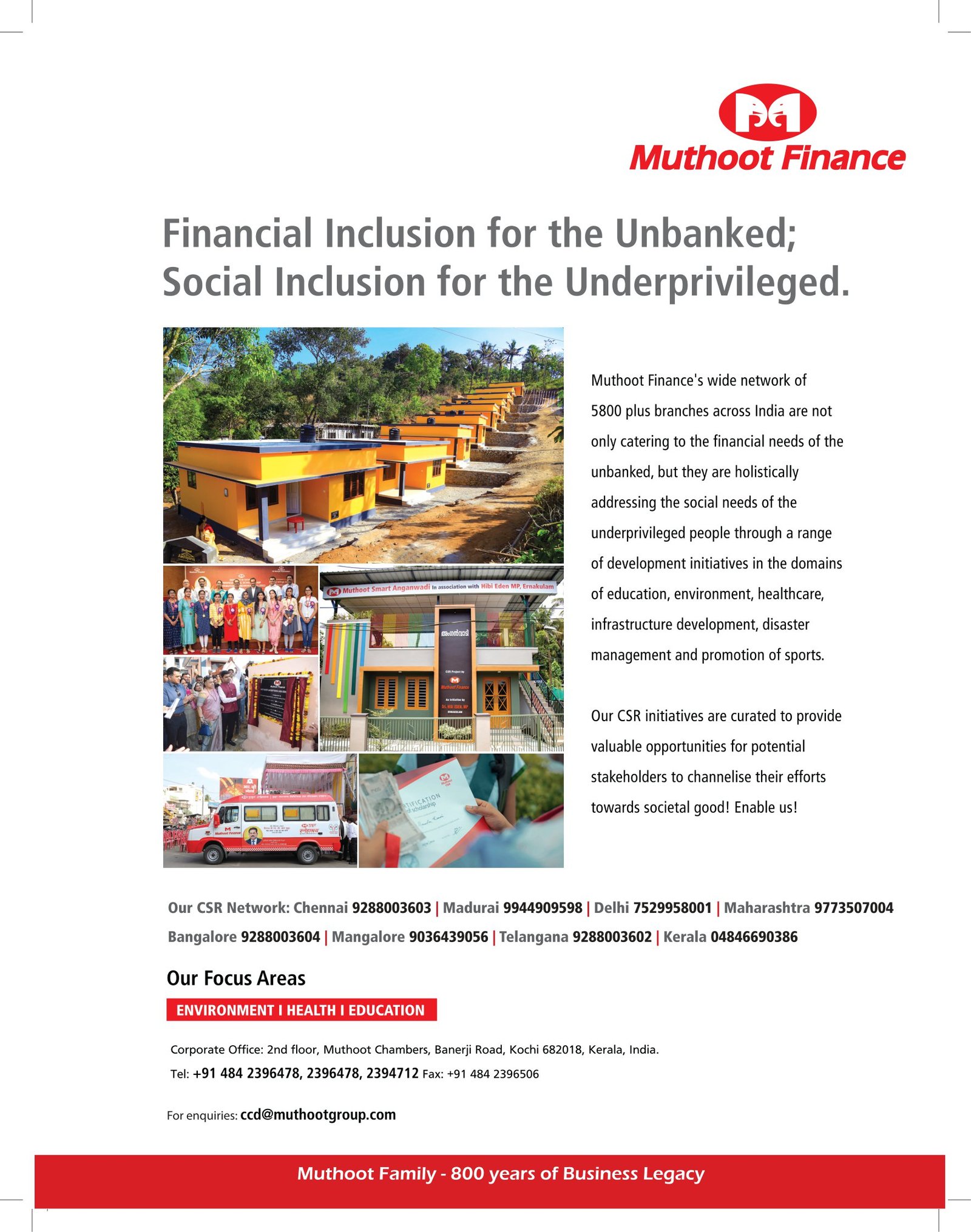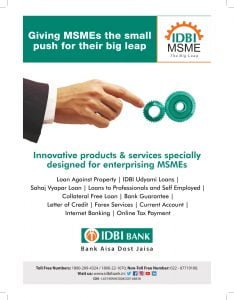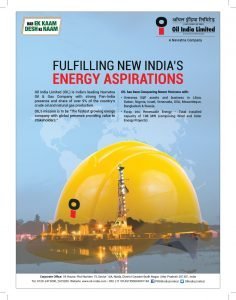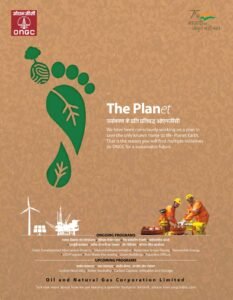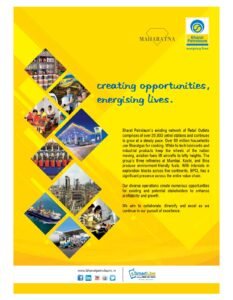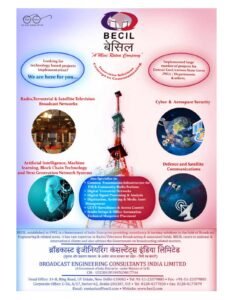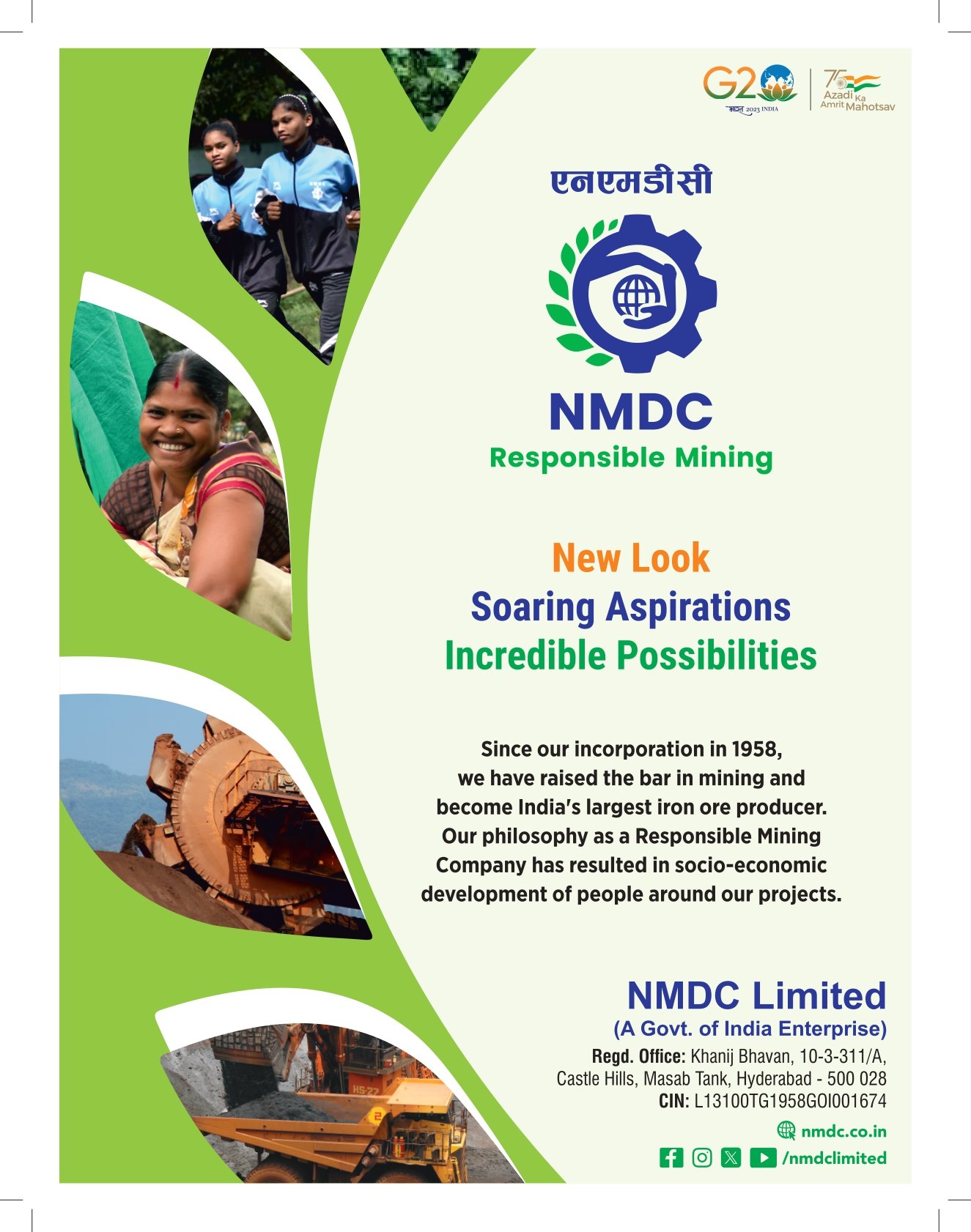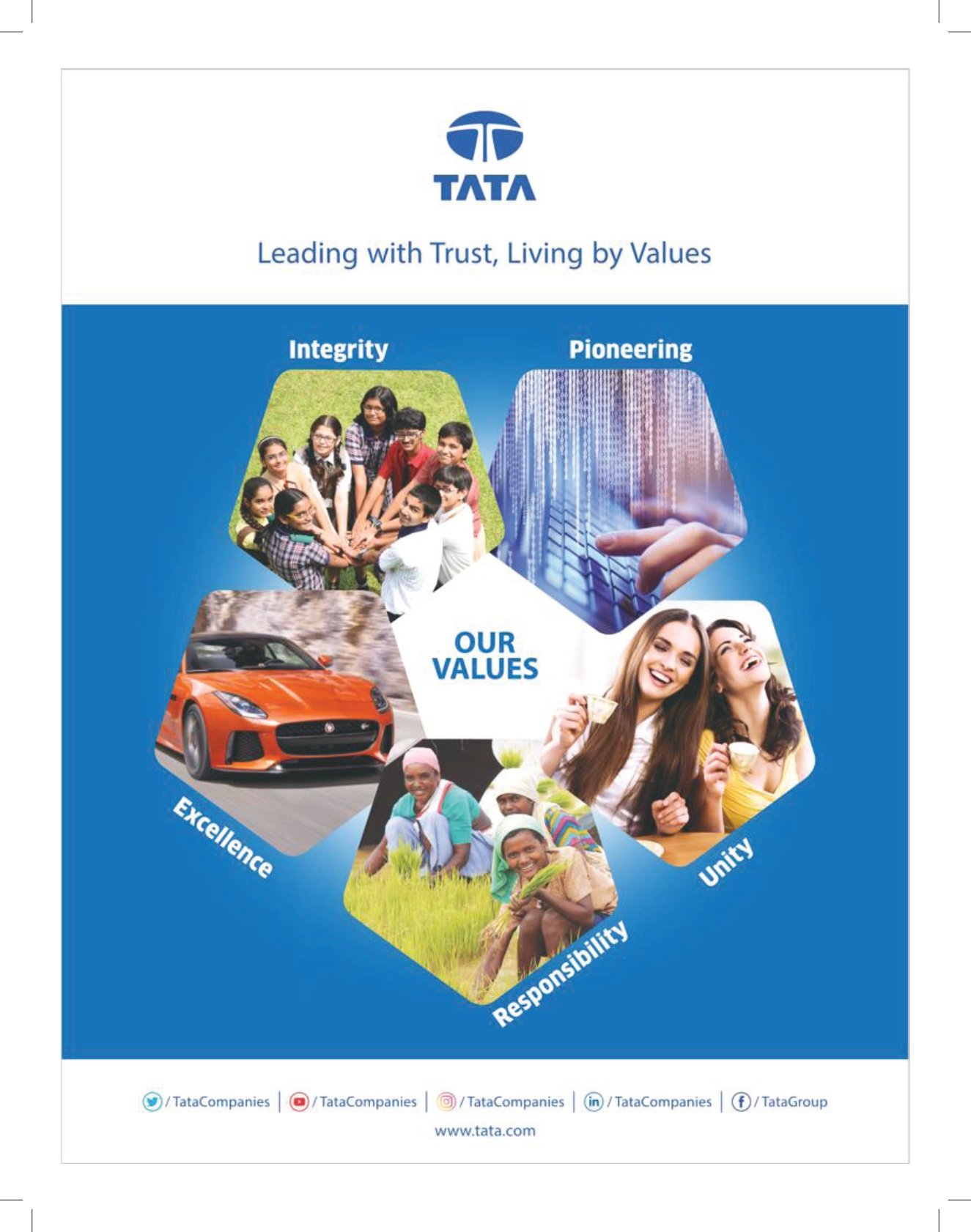Progress in life draws from examples and could we cite a better one than the recent historic feat of Chandrayaan – 3? In my reckoning there is a striking similarity between its’ execution and success in the realm of CSR. Professionals in the dynamic and ever evolving field of CSR, continually seek inspiration and guidance to navigate the complexities of this challenging terrain. The pieces that go into creating a vibrant CSR image constitute pieces of strategy, adaptability, trust building, crisis management, leaderships, ethics, and consistency amongst others. Chandrayaan 3- India’s landmark milestone with a giant imprint in the world of lunar space, has etched excellent strategy and execution in large and bold letters. This indeed is an opportune moment to deliberate upon the key takeaways and management lessons from Chandrayaan 3.
One has seen how experimentation is the backbone of success. When you embark on experimentation your protective gear should be in place- the belief that not all experiments guarantee success in the first attempt. What is guaranteed is learning and knowledge. This knowledge and learning should propel us further on our path, skipping or doing away successfully with the roadblocks that we encounter. Success then becomes inevitable! Learning from failure coupled with resilience should be well woven into any project.
ISRO’s valuable lesson from the failure of its earlier mission ensured the success of its current one. Disaster management and crisis management are the important pillars of corporate success, including CSR. What emerges strongly next is meticulous planning that is a crucial ingredient of success. The setting of objectives, with clear goals and well[1]defined timelines is the key aspect in any project. Chandryaan-3 too bears testimony to ISRO’s meticulous planning and management. Teamwork and good communication form a pre requisite of any project. The sharing of information, instructions, and working with clarity and transparency will go a long way in working towards the success of the shared mission, and minimizing misunderstandings.
ISRO’s success in the Chandrayaan – 3 mission cannot be attributed to one entity or organization, it is in fact a collaboration of several firms. Tata Consulting Engineers Limited (TCE) contributed by engineering the vehicle assembly building, solid propellant plant, and the mobile launch pedestal. Larsen & Toubro (L&T) supplied crucial components manufactured in its Powai and Coimbatore facilities. Walchandnagar Industries manufactured the first stage booster and “flex nozzle control tanks” for the lunar mission vehicle. Godrej & Boyce and Centum Electronics too supplied critical components. Ananth Technologies (ATL) Omni present Robotic Technologies Ltd, Semiconductor Laboratory (SCL), Hindustan Aeronautics Limited (HAL), Bharat Heavy Electricals Limited (BHEL), MTAR Technologies, Mishra Dhatu Nigam (MIDHANI), KELTRON, Kerala Minerals and Metals (KMML), Kortas Industries Pvt Ltd, and Vajra Rubber Products are some other names that contributed to this success story. Another vital lesson is paying attention to minute details and working on those as a team, through collective efforts and working within allocated budgets.
Dwelling back on one of the key aspects of Chandrayaan 3 – it has gone down in history as a cost effective and frugal lunar mission of only 615 crores. The entire mission’s price tag is on par with the lowest cost private lander projects carried out in the US. ISRO in 2020, had estimated the cost at $75 million but due to the delayed launch the mission cost increased. In 2023 NASA received $25.4 billion in funding as compared to ISRO’s budget of 1.6 billion. With India on the high pedestal of success, having created history what emerges strongly and poignantly, is that if there is a conviction of purpose based on a meticulous plan, you can surely aim for the moon and succeed!







